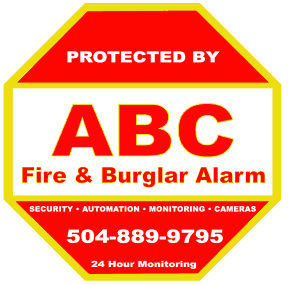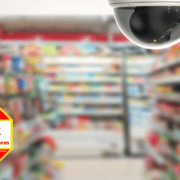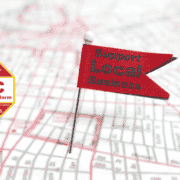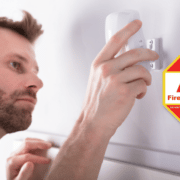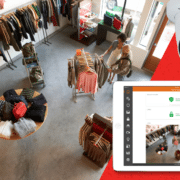The Surprising Hidden Risks of Not Having a Video Surveillance System
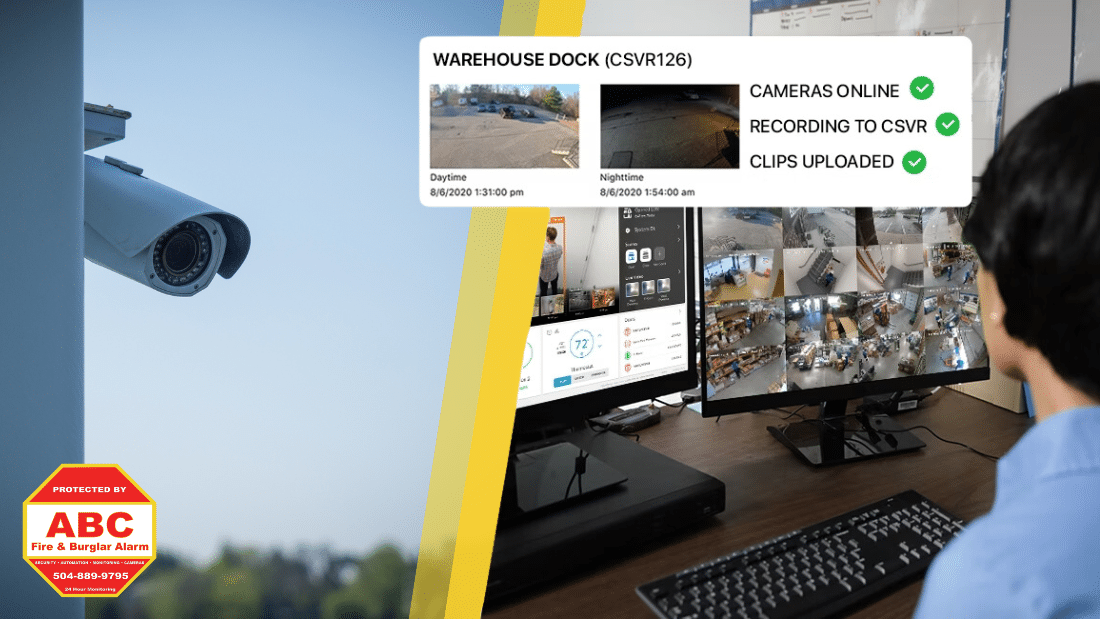
Today, the presence of video surveillance systems in commercial settings is more crucial than ever. Many businesses, however, still operate without this essential layer of protection, exposing themselves to many risks and potential losses. The absence of a video surveillance system can lead to increased vulnerability to theft, vandalism, internal fraud, and other detrimental consequences. Below, we explore these hidden risks in detail, underscoring the critical importance of investing in a robust video surveillance system.
Here are the surprising risks and why every business in New Orleans should consider commercial video surveillance systems.
Increased Vulnerability to Theft
One of the most significant risks of not having a video surveillance system is heightened susceptibility to theft. Both external and internal theft pose substantial threats to businesses, potentially leading to severe financial losses and operational disruptions.
External Theft: Retail businesses, in particular, are prime targets for shoplifters. According to the National Association for Shoplifting Prevention (NASP), more than $13 billion worth of goods are stolen from retailers every year in the United States alone. Without video surveillance, these crimes often go undetected, leaving businesses with limited recourse. The presence of cameras serves as a powerful deterrent, significantly reducing the likelihood of theft. Moreover, in the event of a theft, video footage can provide crucial evidence to law enforcement, increasing the chances of recovering stolen goods and prosecuting offenders.
Internal Theft: Employee theft is another serious concern that can be effectively mitigated through video surveillance. The Association of Certified Fraud Examiners (ACFE) reports that businesses lose 5% of their annual revenue to internal fraud. Surveillance cameras can monitor employee activities, discouraging dishonest behaviors such as cash register theft, inventory shrinkage, and unauthorized discounts. In cases where theft does occur, video evidence can be instrumental in identifying the perpetrators and taking appropriate action.
Exposure to Vandalism
Vandalism is a costly issue that can damage a business’s property, disrupt operations, and tarnish its reputation. Without video surveillance, businesses are left vulnerable to acts of vandalism, including graffiti, property destruction, and break-ins.
Deterrence and Detection: The mere presence of surveillance cameras can deter vandals, who are less likely to target properties with visible security measures. In instances where vandalism does occur, video footage can aid in identifying and apprehending the culprits, as well as providing evidence for insurance claims. This proactive approach not only helps prevent future incidents but also fosters a safer environment for employees and customers.
Increased Risk of Internal Fraud
Internal fraud encompasses a wide range of deceitful activities conducted by employees, from financial fraud to data breaches. The absence of video surveillance can create an environment where such fraudulent activities thrive, as there is little oversight to deter or detect them.
Financial Fraud: Surveillance systems can monitor areas where financial transactions take place, such as cash registers, safes, and accounting departments. This oversight helps prevent fraudulent activities like skimming, false refunds, and payroll fraud. By capturing suspicious behaviors on camera, businesses can quickly address and mitigate these risks.
Data Security: In today’s digital age, protecting sensitive data is paramount. Video surveillance can play a crucial role in safeguarding data by monitoring access to secure areas and equipment, such as server rooms and computers. This added layer of security helps prevent unauthorized access and data breaches, which can have devastating consequences for businesses.
Liability Issues
Without video surveillance, businesses may find themselves at a disadvantage when dealing with liability claims. Accidents, injuries, and other incidents that occur on the premises can result in costly lawsuits and insurance claims.
Accident Investigation: Video footage can provide clear evidence of what transpired during an incident, helping to resolve disputes and determine liability. For instance, in the event of a slip-and-fall accident, video surveillance can verify whether the business took appropriate safety measures or if the incident was due to negligence.
Insurance Claims: Having video evidence can streamline the insurance claim process, reducing the time and effort required to substantiate claims. Insurers are more likely to approve claims backed by concrete evidence, ensuring that businesses receive the compensation they are entitled to.
Damage to Reputation
A business’s reputation is one of its most valuable assets. Incidents of theft, vandalism, and fraud can severely damage a company’s image, eroding customer trust and loyalty.
Customer Confidence: Video surveillance helps create a secure environment, instilling confidence in customers that their safety and well-being are prioritized. This trust is particularly important in industries such as retail and hospitality, where customer experience directly impacts business success.
Employee Morale: Employees are more likely to feel safe and valued in a workplace equipped with security measures. A secure environment can boost morale and productivity, leading to a more positive and efficient workplace culture.
ABC Fire & Burglar Alarm | Video Surveillance New Orleans
The hidden risks of not having a video surveillance system are multifaceted and far-reaching. From increased vulnerability to theft and vandalism to heightened risks of internal fraud and liability issues, New Orleans businesses without video surveillance leave themselves exposed to numerous threats. By investing in a comprehensive video surveillance system, businesses can deter criminal activities, protect their assets, and foster a safer and more secure environment for employees and customers alike.
